Back
Related categories
Found 12 Results
-
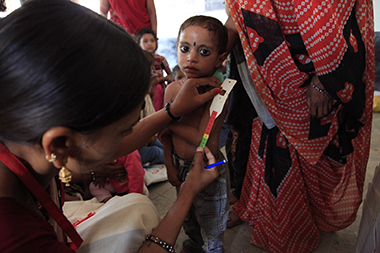
Stop stunting in South Asia
Globally, 25% of children under 5 are stunted. In South Asia, the burden increases to 38% of children under 5, which is about 40% of the global burden of stunting. Why is South Asia home to the largest number of stunted children worldwide?
-
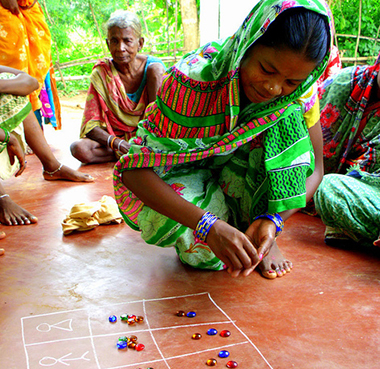
Assets: Key to Prosperity
IFPRI Senior Research Fellow summarizes key findings from the first phase of the Gender, Agriculture, and Assets Project and their implications for agricultural research and development.
-
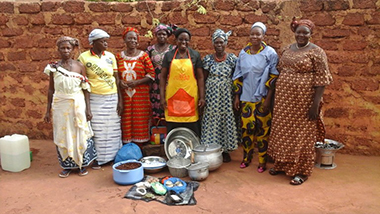
Developing a nutrition-sensitive pro-WEAI
The following post by Jessica Heckert and Sunny Kim was originally published on the CGIAR Research Program on Agriculture for Nutrition and Health (A4NH) Gender-Nutrition Idea Exchange blog. Since the launch of the Women’s Empowerment in Agriculture Index (WEAI) in 2012 and later its abbreviated form (A-WEAI), it has been widely used to measure and […]
-

Improving Nutrition in India: Taking Flight with WINGS
All over the world, people are paying attention to the transformative role of women’s groups. Women, when organized in groups, have been able to achieve change within their communities, households, and themselves.
-
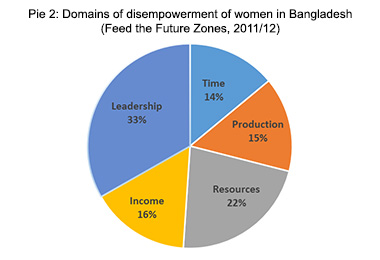
Happy Pi Day from A4NH: Increasing—and improving—your slice of the pie
The following blog story by Agnes Quisumbing, Hazel Malapit, and Mysbah Balagamwala was originally published on the CGIAR Research Program on Agriculture for Nutrition and Health (A4NH) blog. It’s Pi Day! (3/14). And to celebrate we’re continuing our focus on women’s empowerment in Bangladesh using pie charts to show the linkages between women’s empowerment and […]
-
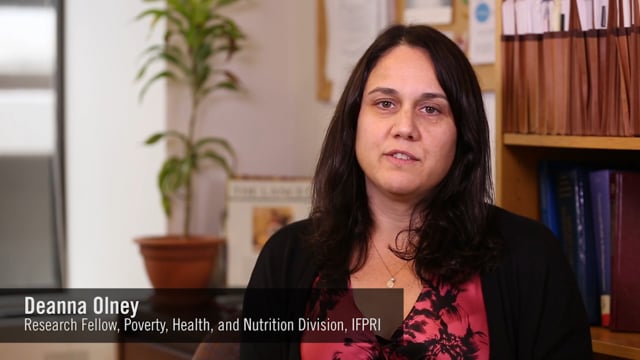
Realizing the potential of a homestead food production program
Researchers from the International Food Policy Research Institute (IFPRI) completed a first-of-its-kind rigorous evaluation of an integrated agriculture and nutrition program in Burkina Faso, a country where child undernutrition is common and the prevalence of anemia among children under five is 92 percent, the highest in the world.
-
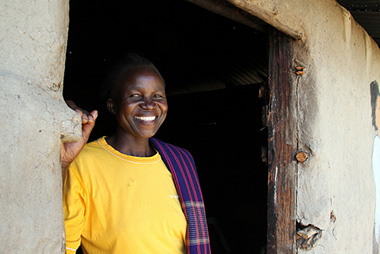
New study links poverty to heightened levels of aflatoxin exposure
Many of the foods people depend on most for their sustenance can carry a silent killer: aflatoxins. These naturally occurring fungal toxins contaminate food crops, such as maize, groundnuts, tree nuts, and a range of other produce.
-

Once stunted always stunted? What’s up with catch-up growth?
Poor nutrition can cause young children to become stunted, that is, to be too short for their age. An estimated 159 million children under 5 worldwide are stunted due to chronic malnutrition.
-
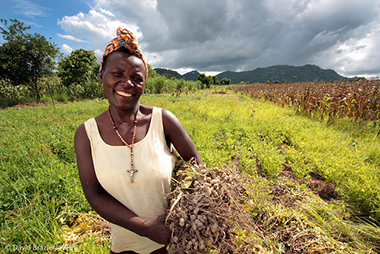
Does better agriculture mean better nutrition?
Does agriculture matter for nutrition? Certainly, the amount and quality of food produced in a food system, the availability of that food, and its price affect the types and quantities of food people eat.
-
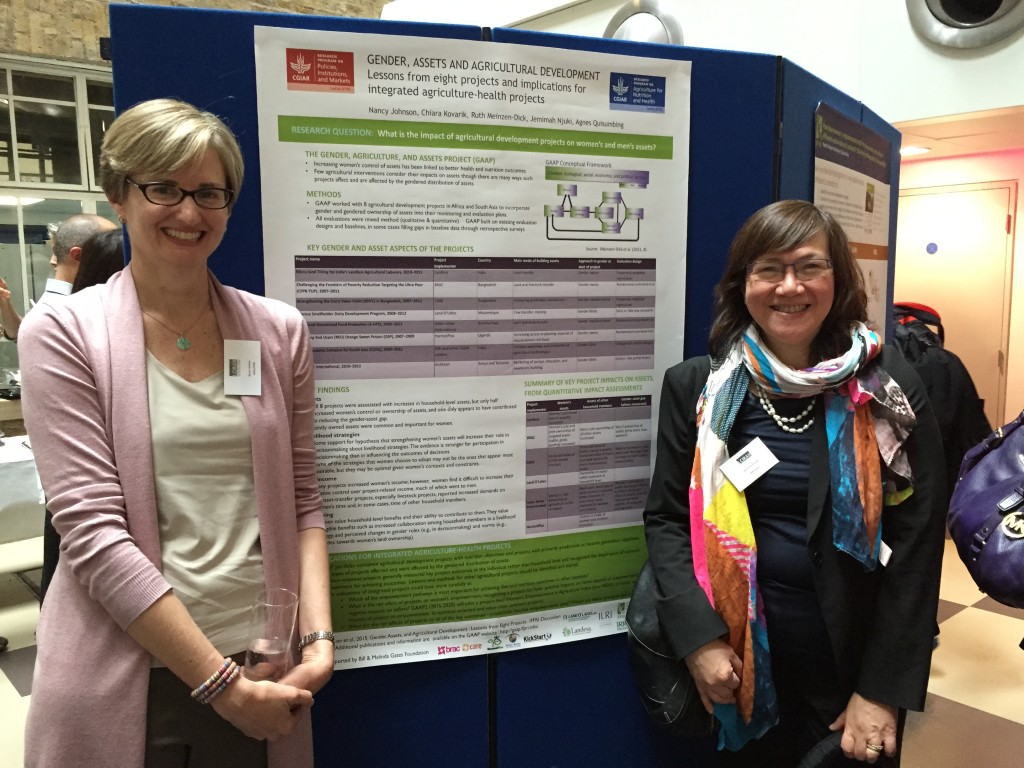
Gendered pathways and puzzles in agriculture-nutrition research
Last month I had the privilege of giving the opening keynote at the 5th annual LCIRAH conference.
-
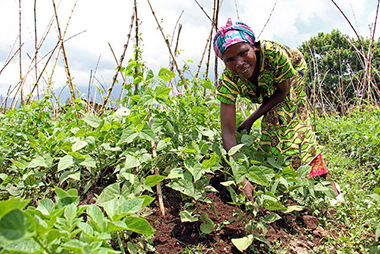
The evolution of mainstreaming nutrition in Africa’s agriculture sector
The following story was originally published on the CGIAR Research Program on Agriculture for Nutrition and Health (A4NH) website. Platforms for collective goals Periodically, the African Union (AU) releases declarations by the Heads of AU Member States on national commitments towards collective goals. That is—coordinated efforts by individual African nations towards common development goals for […]
-
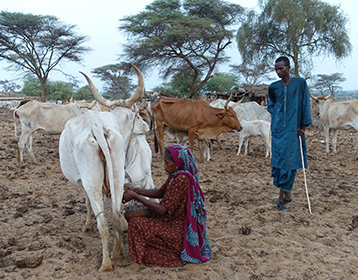
Got milk?
The following blog story was originally posted on the CGIAR Research Program on Agriculture for Nutrition and Health (A4NH) blog. This month on the Gender-Nutrition Idea Exchange, IFPRI Research Fellows Melissa Hidrobo, Tanguy Bernard, Rahul Rawat, and Agnes Le Port relate findings on how contract design can influence nutrition and milk production, mediated by intrahousehold gender dynamics. Designing an experimental incentive […]



